
Thomas Oommen (DataS), associate professor of geological and mining engineering and sciences, was recently featured in a Michigan Tech Unscripted Research Blog titled, ” Geohazards on the Horizon.”
Oommen was part of a US team in Mumbai this August working on disaster management curriculum with the Tata Institute of Social Sciences (TISS), the only institution in all of Mumbai—one of the world’s largest cities with 19 million people—to offer a degree in disaster management.
Oommen’s trip was funded by the US Consulate General in Mumbai. Read more about the team’s work on the Unscripted blog here: https://www.mtu.edu/unscripted/stories/2019/august/geohazards-on-the-horizon.html


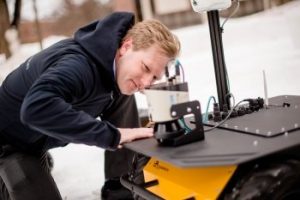 Jeremy Bos’ (DataS/ECE) Paulding Lights Research Part of NPR and WXPR Stories
Jeremy Bos’ (DataS/ECE) Paulding Lights Research Part of NPR and WXPR Stories
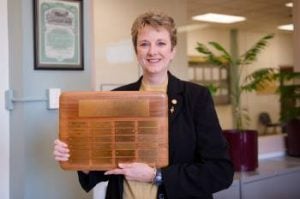 Mari W. Buche (DataS/SBE) attended the HERS Institute July 8-20, at Bryn Mawr College, Pennsylvania, Along with 63 women from a variety of colleges and universities across the country, Buche participated in professional development sessions focused on fine-tuning leadership skills unique to higher education. Visit
Mari W. Buche (DataS/SBE) attended the HERS Institute July 8-20, at Bryn Mawr College, Pennsylvania, Along with 63 women from a variety of colleges and universities across the country, Buche participated in professional development sessions focused on fine-tuning leadership skills unique to higher education. Visit 

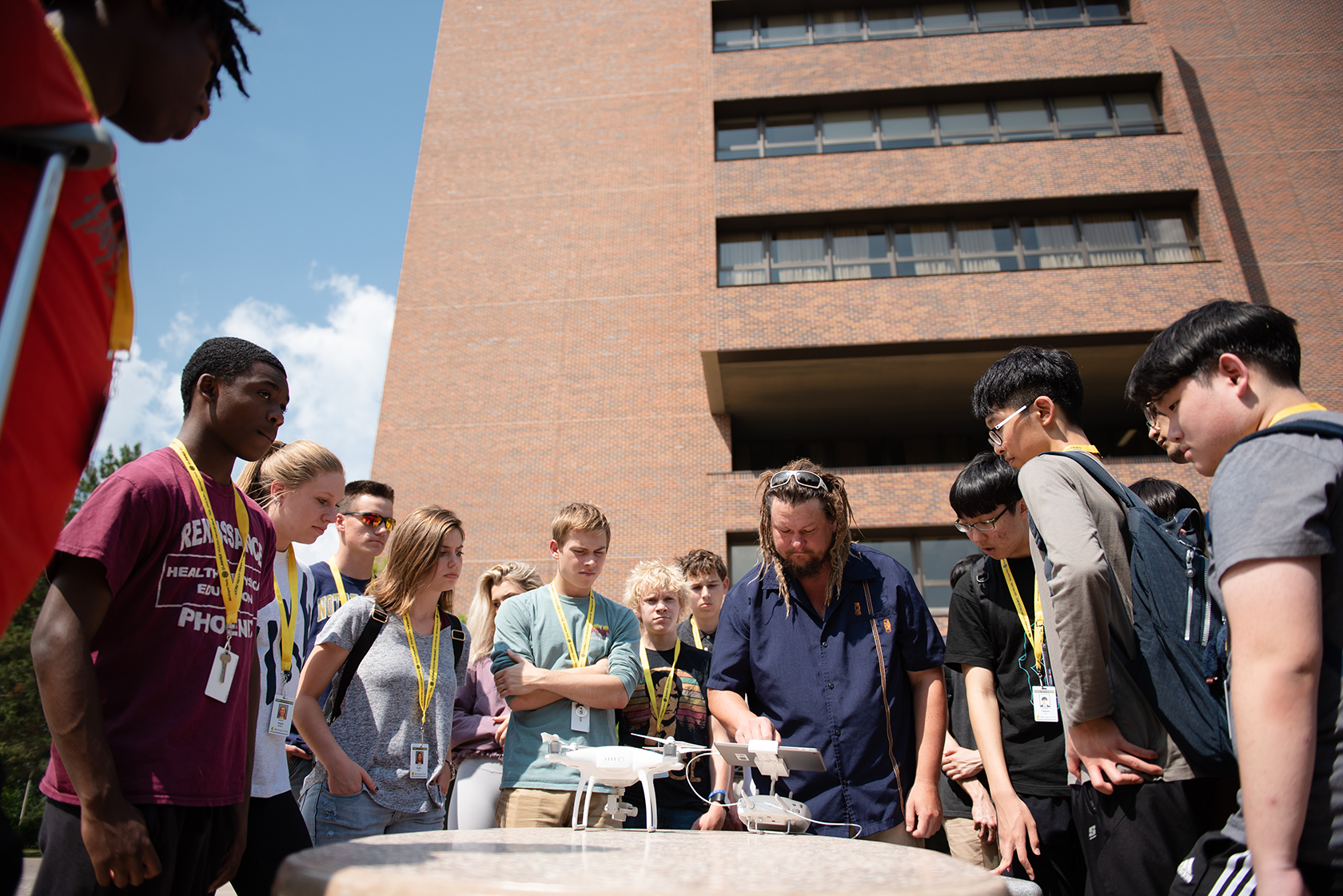





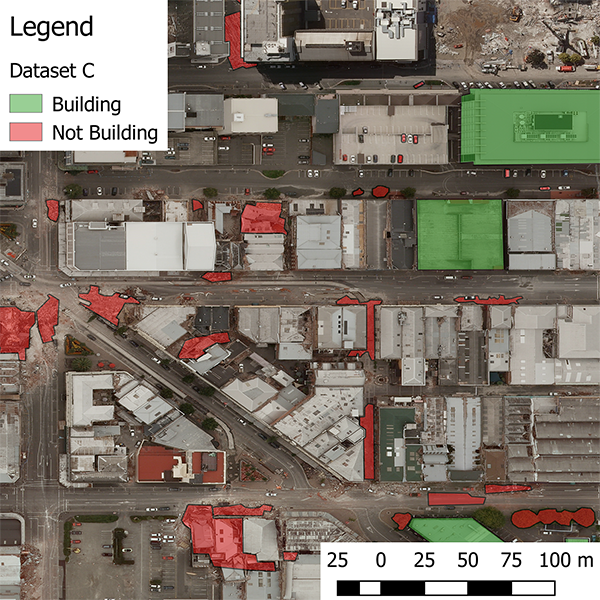
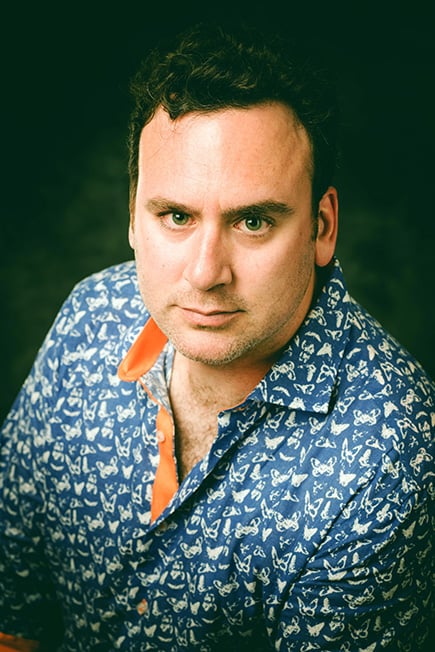 Timothy Havens (CC/ICC) was General Co-Chair of the 2019 IEEE International Conference on Fuzzy Systems in New Orleans, LA, June 23 to 26. At the conference, Havens presented his paper, “Machine Learning of Choquet Integral Regression with Respect to a Bounded Capacity (or Non-monotonic Fuzzy Measure),” and served on the panel, “Publishing in IEEE Transactions on Fuzzy Systems.”
Timothy Havens (CC/ICC) was General Co-Chair of the 2019 IEEE International Conference on Fuzzy Systems in New Orleans, LA, June 23 to 26. At the conference, Havens presented his paper, “Machine Learning of Choquet Integral Regression with Respect to a Bounded Capacity (or Non-monotonic Fuzzy Measure),” and served on the panel, “Publishing in IEEE Transactions on Fuzzy Systems.”